Overview
The Computer Technologies Associate of Science degree prepares students for entry-level employment or further education in software development, full-stack web development, database design and management, and systems support. Learning the basics of computer languages and programming, troubleshooting and problem solving, industry best practices, and current topics in technology are emphasized throughout the program. Courses are taught using either an online hybrid (classroom plus online) or 100% online approach.
Why Great Bay?
- The program faculty have extensive industry experience in software development, IT management and related areas.
- The class sizes are limited to 15 – 20 students and are conducted in dedicated labs that support multiple platforms (Windows, macOS and Linux).
Students who complete the Computer Technologies AS degree with a 3.0 GPA or higher have a nearly 100% success rate of continuing on to a four-year degree program of study or are placed in at least an entry level technology position.
Career Options
- Junior-level Software Developer
- Technical Support Specialist
- Full Stack Web Developer
- Database Specialist
Related Degrees
Curriculum Outline
The classes and coursework required is below.
Please Note:
• If students are seeking to transfer to a four-year program, it is recommended that they consider fulfilling a Liberal Arts Elective requirement with a higher-level math course.
• MATH170G is the minimum required math course, however, MATH215G or above is strongly encouraged.
• Students should see their advisor for specific recommendations based on possible future transfer or for assistance when making course selections.
First Year: Fall Semester
| Course ID | Course | Theory | Lab | Credits |
|---|---|---|---|---|
ENGL110G ENGL111G | or | 4 | 0 2 | 4 5 |
| Liberal Arts Elective* (Math 150G/152G recommended if needed for MATH170) | 4-5 | 0 | 4-5 | |
| ANTH105G | Introduction to Ethnography: World of Work | 4 | 0 | 4 |
| CIS111G | Computer Technologies | 2 | 2 | 3 |
CIS112G CIS177G | Intro to Object Oriented Programming or | 2 2 | 2 2 | 3 3 |
| Total Credits | 17-20 | |||
First Year: Spring Semester
| Course ID | Course | Theory | Lab | Credits |
|---|---|---|---|---|
| MATH170G | Discrete Mathematics | 4 | 0 | 4 |
| CIS113G | Database Design and Management | 2 | 2 | 3 |
| Technical Elective** | 2 | 2 | 3 | |
| SOC120G | Society and Technological Change^ | 2 | 2 | 3 |
| Humanities/Fine Arts Elective*^ | 3 | 0 | 3 | |
| Total Credits | 16 | |||
^It is recommended to take these courses in the summer semester if possible.
*Theory, lab, and credit hours may vary depending on the elective course chosen.
Second Year: Fall Semester
| Course ID | Course | Theory | Lab | Credits |
|---|---|---|---|---|
| Lab Science Elective | 3 | 3 | 4 | |
IS122G IST112G | or | 2 2 | 2 2 | 3 3 |
| Technical Elective** | 2 | 2 | 3 | |
| Technical Elective** | 2 | 2 | 3 | |
| Total Credits | 13 | |||
Second Year: Spring Semester
| Course ID | Course | Theory | Lab | Credits |
|---|---|---|---|---|
| ENGLXXXG | English Elective | 3 | 0 | 3 |
| Technical Elective** | 2 | 2 | 3 | |
| Technical Elective** | 2 | 2 | 3 | |
| Technical Elective** | 2 | 2 | 3 | |
| Technical Elective** | 2 | 2 | 3 | |
| Total Credits | 15 | |||
Total Overall Credits: 61-64
Computer Technical Elective Courses
• The 21 credits of elective computer courses must be taken primarily with a designation of Computer Technologies (CIS).
• As many as 9 credits of technical electives can be taken in specific designations outside of CIS.
• A limit of 6 of these 9 credits can be taken in business courses (ACCT, BUS, MKTG). Other designations allowed are DATA, DGMT, and IST.
Program Specific Requirements
Technical Requirements
Students who enroll in the program should comprehend the English language, both oral and written, and should have the ability to communicate effectively to gather and convey information.
They should be able to sit at a computer workstation and stay on task for extended periods of time and be able to replicate teacher-demonstrated procedures.
They should apply principles, concepts, and procedures for industry standards, behave appropriately in both self-directed and shared learning environments, and perform basic mathematical operations.
Health and Internship Considerations
Participation in an internship requires the student to follow the College Immunization Policy. Please see the Academic Policies section of this catalog, under XVI Immunization Policy.
Depending upon the site, the student may be required to possess and maintain professional liability insurance. For unpaid internships, the student must possess and maintain accident insurance. Please see the Student Services section of this catalog, under Insurance.
Computer Technologies Transfer Credit Policy
In addition to Great Bay transfer credit policies, transfer of courses into Computer Technologies more than five years old will be evaluated by the department chair and program coordinator(s) on an individual basis.
Program Outcomes
• Analyze a problem to identify and define the computing requirements appropriate to its solution.
• Design, implement and evaluate a computer-based process or program to meet desired needs.
• Use current techniques, skills, and tools necessary for computing practices.
• Demonstrate a familiarity with state-of-the-art programming techniques, tools, and practices.
• Demonstrate a solid foundation in the fundamental areas of computer science – which are algorithms, systems, and software – and exposure to multiple sub-disciplines of computer science.
• Understand professional, ethical, legal, security, and social issues and responsibilities related to IT, to include an understanding of cross-cultural issues and global perspectives.
• Use written and oral communication skills necessary to be effective in the technology industries.
• Recognize the need to maintain currency with future changes in the computing profession.
• Use creative and critical thinking processes to work independently and/or collaboratively to develop complex solutions and take the lead to implement those solutions.
• Function effectively on teams to accomplish a common goal.
• Through the use of an online portfolio, students will assess and reflect upon their own learning and create a cumulative portfolio of their “best” work.





